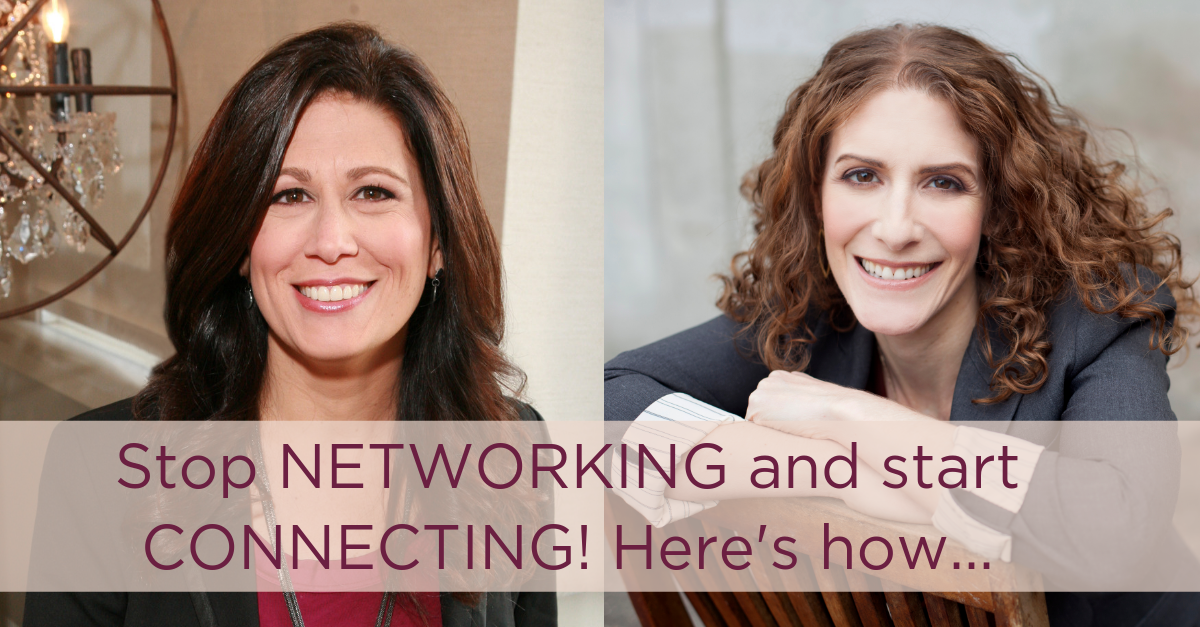I adore today’s guest post from Beth Marbach of Downtown Gal. She spent 12 years building a $4 million designer shoe resale business on eBay. Her story has everything: Scrappy moxie, digital prowess and a health dose of good old -fashioned values that catapulted her to success. Whether your business is online, in an office park or on Main Street, you will devour these 14 secrets which Beth was kind enough to share. Enjoy.
In 2001, I was an executive recruiter, and I wanted out. Desperately.
On the side, I started selling books, CDs and DVDs on eBay. With time I moved onto selling dog jackets. My profits on books were $4 to $6; my profits on canine apparel were $19 per jacket.
It was when I spotted a $49 pair of Coach Boots at DSW, which I bought and sold that very evening for $149 that my whole life changed. Twelve years later I had earned $4 million selling designer shoes online. The lessons I learned along the way were many. I honed relationship, business and marketing skills amongst many others.
Here are 14 such lessons I feel were some of the most critical to the success of my business.
1. Make Study Sheets
The success of my business was critically dependent on the monthly trips I took to various designer shoe outlets around the country. I made these trips to purchase shoes, but I also made them to solidify and grow relationships with store personnel.
See, my revenue was determined on the quantity and quality of shoes I could access, and as I could not be in all places at once, that access was greatly determined by the store personnel who thought to call or email me first (before any other reseller) when new inventory arrived.
To help support me in this, I made laminated spreadsheets which included basic information such as store names, phone numbers and addresses. These spreadsheets also included names of all store personnel (which I had met to date), and any information which would be helpful in both personal and work related conversations. Prior to going into every store I studied these sheets and directed conservations accordingly.
2. Call Ahead
Spreadsheet studying and traveling across the country all prove to be futile if, when you arrive, your favorite sales person has the day off. To prevent this from happening I always called ahead to make sure when I arrived, they were waiting for me.
3. Know the Best Days of the Week to Shop
I was not a store’s average customer. I did not go in and purchase a few pairs of shoes. I went in and made purchases up to $10,000. To do this, I needed the undivided attention of store personnel which meant I needed to go on the slowest shopping days of the week – Monday and Tuesday.
4. Inexpensive Branding Can Work
My branding did not come from a high priced design shop but from a few hours of my husband’s time with Photoshop. Likewise, my business name was not derived from expensive brainstorming sessions but was simply borrowed from what was, during my single days, my Match.com handle – Downtowngal. (Editor note: See? Told you building an irresistible brand on any budget was possible!)
5. Hire Effectively by Hiring Creatively
Having 100s of pairs of shoes to photograph, inventory and ship required assistance. I hired super smart high school gals, paid them more than the mall and kept them happy by letting them listen to whatever music they wanted.
6. Consider Office Space Very Carefully
Storing 100s of pairs of shoes in a basement and working for 12 years alongside them might seem less than ideal, but doing so saved me $1000s of dollars annually (or 10s of 1000s of dollars over 12 years).
7. Know there is More than One Way to Get Supplies (and Just about Anything Else You Need)
The price of shipping supplies was always a challenge. As a cost savings work around, I utilized the clean (and in good condition) shipping boxes from my local grocery store and daycare center. I then invested 2 cents per branded sticker and placed one on every box I shipped.
8. Become an Expert
95% of what I sold was shoes, and within that I focused on a small handful of designer brands. Developing my niche allowed me to use my time effectively (which was very important when you have two little kids), provided me focus on the key relationships to develop and provided me the ability to increase revenue in ways that would not be feasible had I attempted a broad product line. (Oh, and it greatly reduced daily insanity, so there is that too.)
9. Please Your Accountant
With the enormous number of fraudulent designer shoes in the marketplace, it was critical for me to keep all receipts in the case the legitimacy of my inventory ever came into question. More often than you might imagine customers asked for proof that shoes they purchased from me were legitimate. It was always good to have that validation readily available.
Keeping all receipts also helped quarterly taxes go quicker, ensured I received maximum tax benefits and made my accountant quite happy. (Happy accountant = Happy business.)
10. Categorize Your Customers
Keeping detailed records on my customers including their gender, designer preference and shoe size allowed me to easily contact people when I received shipments in which they might have interest. Sometimes I could even sell shoes to them before I had to take the time and expense to put them on eBay.
11. Consider Online and Offline Inventory Acquisition Options
The majority of the shoes I purchased were from brick and mortar stores; however there were times where I could buy shoes directly off their website. To make this process efficient, I bookmarked 20 stores, which I knew carried the designer shoes I desired. Every morning I would go through these links, purchase desirable footwear and have it shipped directly to my house.
12. Be Nice to Everyone. No Exceptions.
The sales folks at the designer outlet stores were underpaid, overworked and rarely appreciated. I found the simple act of bringing a goodie along – calling and taking coffee orders before I arrived, buying nice chocolate as gifts or bringing in a fruit basket significantly differentiated me from other resellers who, I might add, were frequently downright ruthless to store personnel.
Who wants to call a jerk to give them the heads up that new inventory has arrived?
No one.
Who wants to call the woman who is nice to them every time she sees them, brings them coffee and gets to know them so well she is invited to their wedding?
Well, that is how I built my business. It is also how I made an enormous number of wonderful friends.
13. Thank People the Old Fashioned Way
When I was growing up my parents made me send handwritten thank you notes when someone extended kindness towards me. When I received a shipment from a reseller who thought to call me first, I did the same. Within that note I included a $25 Starbucks gift card. For one quick note and a small gift of coffee, I was always one of the first resellers they called.
14. And Keep Thanking Them. All of Them.
I certainly wouldn’t have a business without the designer outlet personnel I befriended over the years, but I also wouldn’t have a business if it weren’t for the UPS drivers, the folks at the post office, my staff and of course, my customers. Christmas time at DowntownGal Shoes meant it was “thank you” time.
To my UPS drivers and post office friends I gave wonderful holiday cakes and popcorn tins, the gals I worked with could pick any pair of shoes they wanted, and the sales associates at the designer outlets would receive a Starbucks gift certificate (with a higher value than the normal $25 cards I gave throughout the year), a card and a photo of my family. And regardless of what time of year it was, I included a free shoe shine kit for my customers with every purchase.
In the end, I found that although we live in a society that drives very hard towards the big things; it is, in fact, the little things that guarantee we get there.
About the author: To learn more about Beth Marbach, and her 12 year saga selling $4 million dollar of designer shoes on eBay go to: http://downtowngal.com/
Photo credit: geishaboy500
Your Call to Action: Which ONE tip will you put into practice to boost your business this week? Please share in the Comments below!





